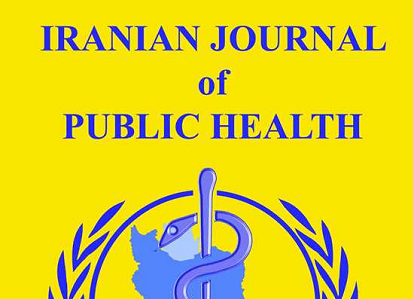برای دستیابی به اهداف توسعه پایدار 2030، کشورها نیاز به یک استراتژی جامع برای سرمایه گذاری در بهداشت ، آموزش ، تغذیه ، محیط زیست و امنیت برای همه افراد دارند. این اهداف بدون اطمینان از دسترسی همگانی به خدمات بهداشتی مقرون به صرفه و با کیفیت بالا قابل تحقق نیست.
اگرچه هر کشور باید سیاست ها و اصلاحات خود را بر اساس عوامل زمینه ای خاص خود تنظیم کند ، اما حق قانونی شهروندان برای تأمین اجتماعی و حمایت از سلامت در قانون اساسی اکثر کشورها قید شده است. برخی از کشورها اصلاحات سیاسی و اقتصادی را برای تحقق برنامه های بیمه سلامت اجتماعی خود تطبیق داده اند. قوانین ملی برای فشار آوردن دولتها به اتخاذ پوشش هنگانی سلانت به عنوان یک استراتژی ملی برای اطمینان از ثبت نام هر شخص در برنامه های بیمه درمانی ، سیاست های کلیدی برای دستیابی به پوشش هنگانی است
مقاله ای با عنوان
Population Coverage to Reach Universal Health Coverage in Selected Nations: A Synthesis of Global Strategies
به چاپ رسده که 14 کشور مختلف را از نظر پوشش همگانی سلامت مقایسه نموده است
برای مشاهده متن کامل مقاله روی لینک زیر کلیک نمایید
Abstract:
Background:
This study aimed to provide
tailored transferrable lessons for expanding population coverage through
a descriptive lens by reviewing the population coverage policies,
reforms and strategies in selected nations.
Methods:
In this comparative short communication, 14
countries with different status of population coverage and political
economy that had successful experiences with coverage expansion were
selected and categorized in four groups to study their approaches to
reach Universal Health Coverage (UHC).
Results:
Although each country needs to tailor its
policies and reforms based on its own contextual factors, the legal
right of citizens to social security and health protection are enshrined
in most countries’ Constitution. Some countries adapted political and
economic reforms to evolve their Social Health Insurance schemes.
National laws to push governments to adapt UHC as a national strategy
for ensuring that every resident is enrolled in health insurance schemes
are key policies to reach UHC.
Conclusion:
A series of reforms are required to
provide total population coverage through various approaches. To create
an effective insurance coverage, physical merger of all insurance funds
is not necessarily required. Further, the share of GDP for health is not
a definite indicator to reach UHC. Finally, strong political commitment
and citizens’ participation are the key issues in reaching UHC, while
considering the poorest, remote and neglected population really matters.



No responses yet